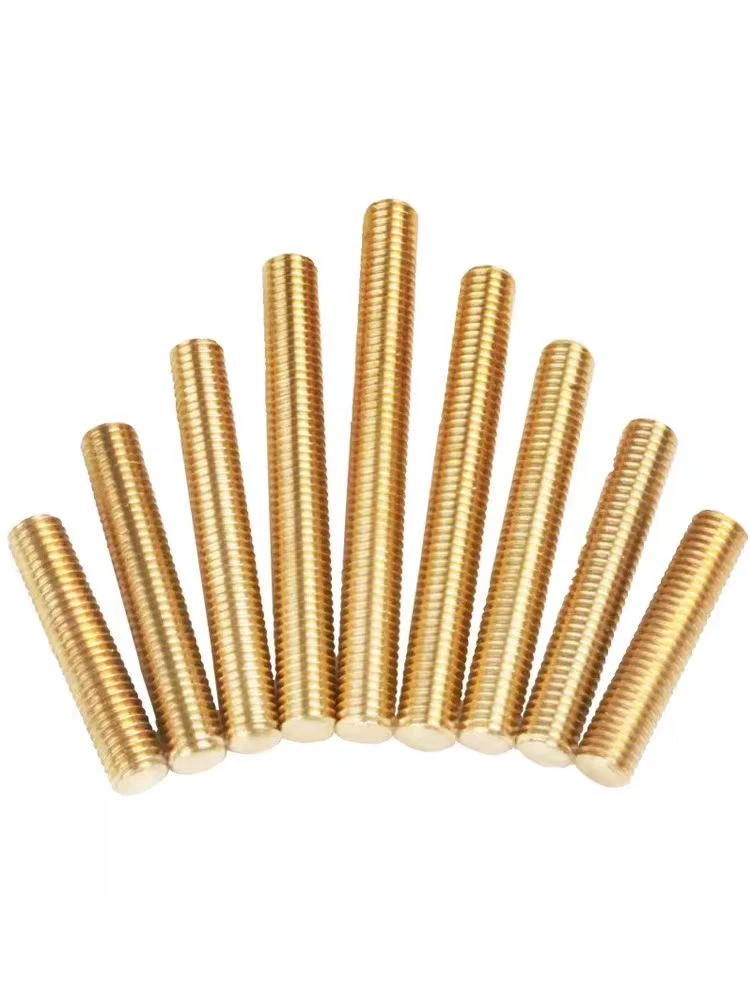

choosing the right combination of spring washers and flat
Des . 06, 2024 17:40 Back to list
choosing the right combination of spring washers and flat
Choosing the Right Combination of Spring Washers and Flat Washers
When it comes to the world of mechanical engineering and assembly, the selection of fasteners can significantly affect the overall performance, safety, and longevity of a project. Among the myriad of fasteners available, washers, specifically spring washers and flat washers, play a crucial role in stabilizing connections and providing support. Understanding the differences between these two types—and knowing how to choose the right combination—can help ensure that your assemblies are secure and effective.
What Are Washers?
Washers are thin plates that are usually circular in shape, used to distribute the load of a threaded fastener, such as a bolt or nut. They help prevent surface damage, reduce friction, and maintain tension. While flat washers serve primarily to provide a smooth bearing surface, spring washers are designed to offer a bias that maintains tension and absorbs shock.
Flat Washers
Flat washers are the most common type of washers used in various applications. They are designed to sit flat against a surface and have a larger diameter than the fastener they accompany, which helps to distribute the load evenly. The primary purposes of flat washers include
1. Load Distribution By spreading the load, flat washers help to prevent the deformation of the material being fastened. 2. Surface Protection They act as a buffer between the fastener and the workpiece, protecting the surface from damage and wear. 3. Alignment and Spacing Flat washers can be used to align or space components evenly.
Flat washers can be made from various materials, including steel, stainless steel, plastic, or rubber, depending on the specific requirements of the application.
Spring Washers
Spring washers, on the other hand, are designed to exert a spring force that maintains tension in a bolted joint. The most common type of spring washer is the split washer, which is specifically designed to prevent loosening due to vibrations or dynamic loads. The characteristics and uses of spring washers include
choosing the right combination of spring washers and flat

1. Vibration Resistance Spring washers absorb energy and maintain tension in connections exposed to vibrations, making them ideal for machinery and automotive applications. 2. Compensating for Settling As materials settle over time due to various stresses, spring washers can accommodate this settling by providing continuous tension. 3. Self-Locking Feature The radial tension provided by spring washers helps prevent loosening of nuts and bolts, contributing to the integrity of the joint.
Selecting the Right Combination
Choosing the right combination of flat washers and spring washers depends on several factors
1. Application and Environment Consider the working environment of your assembly. If you're dealing with machinery that experiences high vibrations, incorporating a spring washer may be essential. For structural applications where stability and load distribution are crucial, flat washers will likely be needed.
2. Material Compatibility Ensure that the materials chosen for both types of washers are compatible with the base materials of your assembly. Different materials possess different strengths, corrosion resistances, and thermal properties.
3. Load Requirements Assess the load conditions that the fasteners will experience. If there’s a high risk of loosening or if the joint is subject to fluctuating loads, using both washer types can be beneficial—flat washers for load distribution and spring washers for tension maintenance.
4. Size and Dimension The size of the washers must correspond with the dimensions of the bolts and nuts used. This ensures effective load distribution and tension maintenance without compromising the integrity of the assembly.
5. Cost Considerations While high-quality washers can enhance performance, budget constraints may also influence your choices. Strike a balance between quality and cost to suit your project’s needs.
Conclusion
The combination of flat washers and spring washers is a fundamental component in many fastening applications. Understanding the unique functions and benefits of each type enables engineers and technicians to make informed decisions that enhance the reliability and safety of their assemblies. By carefully selecting the appropriate type and combination of washers, it is possible to ensure optimal performance and longevity in mechanical projects. The right choice not only improves functionality but also bolsters the integrity of the entire assembly system.
Latest news
-
Hot Dip Galvanized Bolts-About LongZe|High Strength, Corrosion Resistance
NewsJul.30,2025
-
High-Strength Hot Dip Galvanized Bolts - Hebei Longze | Corrosion Resistance, Customization
NewsJul.30,2025
-
Hot Dip Galvanized Bolts-Hebei Longze|Corrosion Resistance&High Strength
NewsJul.30,2025
-
High-Strength Hot-Dip Galvanized Bolts-Hebei Longze|Corrosion Resistance&High Strength
NewsJul.30,2025
-
Hot Dip Galvanized Bolts-Hebei Longze|Corrosion Resistance&High Strength
NewsJul.30,2025
-
Hot Dip Galvanized Bolts - Hebei Longze | Corrosion Resistance, High Strength
NewsJul.30,2025

